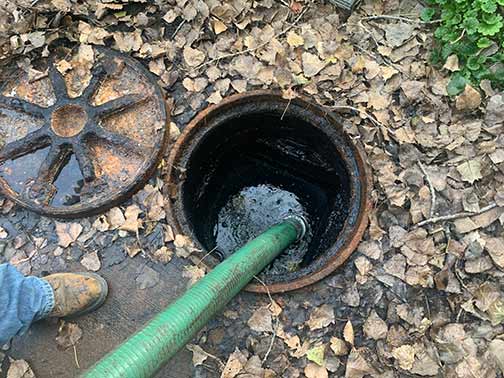
Septic tanks are one of those systems in the home that will give you a nasty surprise if you don’t take good care of them. Because septic tanks are designed to handle all kinds of unpleasant stuff, it is easy to overlook them during your regular home maintenance.
But when you fail to maintain your septic tank, you set yourself up for a disaster that could cost you tens of thousands of dollars to fix, warns Keyrenter Arkansas. That is because although septic tanks rarely fail when they do malfunction, they often do so in spectacular fashion.
The good thing, however, is that most septic tank issues can be predicted and prevented. All you have to do is avoid using the system in ways that will overwhelm it. To protect your septic tank, you also need to know the right steps to maintain the system.
If you are looking to avoid problems with your septic tank and perhaps even get the system to serve you beyond its projected lifespan, here are the essential steps for septic tank maintenance. Follow these preventative steps to avoid major corrective repairs.
Essential steps for septic tank maintenance
To maintain your septic tank properly, you first need to know the parts of the system.
Parts of a septic tank system
- Working chamber – where anaerobic disintegration as well as settling of sewage particles takes place.
- Inlet pipe – feeds the wastewater and sewage from your home into the tank.
- Baffle wall – keeps scum from obstructing both the inlet and outlet pipes.
- Outlet pipe – releases collected effluent onto the drain field for safe and efficient disposal.
- Roofing slab – the top cover of the septic tank.
- Ventilation pipe – the air vent facilitates the circulation of air inside the septic tank.
- A leach field – a field with a system of underground perforated pipes where the effluent is released.
Steps for proper septic tank maintenance
Pump your septic tank every 2-5 years
Septic tanks may get clogged with solid waste because the solid content in wastewater and sewage that enter the system does not leave. Only the liquid waste is released into the leach field. Pumping the septic tank will help maintain its efficiency. How often you pump your septic tank depends on its size and the number of people in your household.
Inspect your septic tank system for leaks
Septic tank systems have a reasonable number of pipes and joints inside them. These pipes, pipes joints, or other parts of the system can leak for any number of reasons. Septic tank leaks are not easy to detect because the entire system is underground. Have an expert inspect the system periodically to find or prevent leaks.
Mark the boundaries of your leach field
Protect the buried pipes in your leach field from damage by digging, heavy equipment, vehicles, and tree roots. You can do this by marking the limits of the leach field clearly. Ensure that no activity which can lead to septic tank system damage takes place on the field. Only let grass grow in the leach field; remove all trees.
Do not overwhelm or abuse the system
Although your septic tank system is tough, it is not tough enough to handle abuse. Be careful not to flush materials such as feminine hygiene products and so-called flushable items into the drains that will damage the septic tank. Also, install water-saving appliances in your home and do your washing in such a way that the system is not overwhelmed.
Add bacteria additives to your septic tank
The septic tank system relies on bacteria to function properly. Without bacteria, the system would not be able o process waste. Cleaning solutions, drain cleaners, and antibacterial soap can kill these bacteria and impede the function of your septic tank. To keep the system working, add new bacteria to the system periodically.
Inspect your leach field for clogs
If the pipes in your leach field are clogged, effluents from the tank will not reach the soil and the entire system will fail. Leach fields are particularly susceptible to clogging during heavy rains or after large snowmelts. Inspect the leach field for signs of leaks and clogs after heavy rains or snow.
Add an effluent filter
To further reduce the likelihood of clogs and increase the lifespan of your leach field, you should install an effluent filter on the outlet pipe of your septic tank. The best time to do this is when the septic tank is being pumped. Effluent filters prevent clogs by trapping solid like grease and keeping them out of the leach field dispersal system.
Keep detailed records
Detailed records of the problems with the septic tank system and the steps you took to solve those problems can help you detect patterns as well as prevent future problems. You can use the records as a guide for how often to add bacteria additives to the system, for instance.
